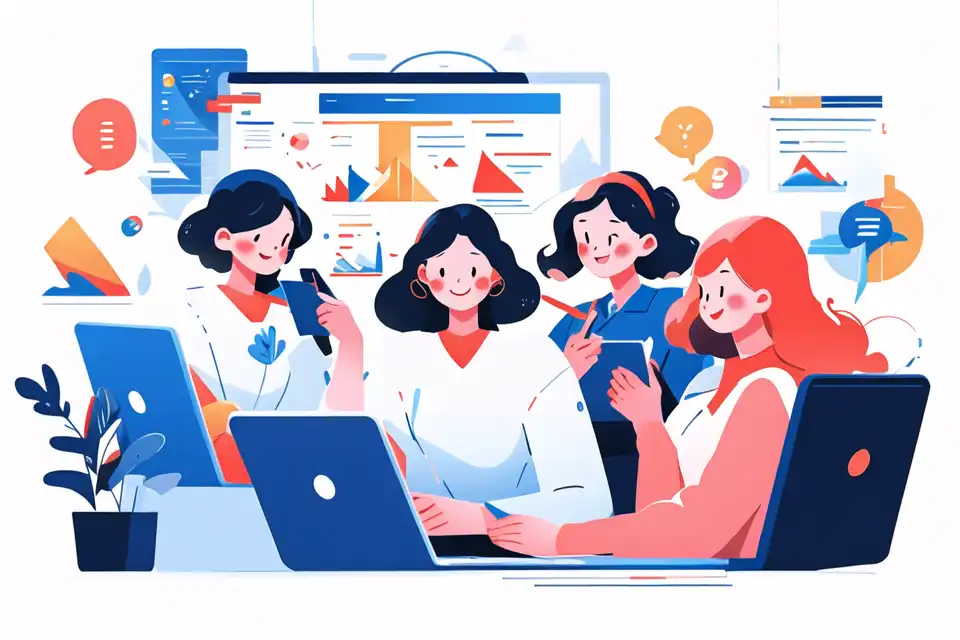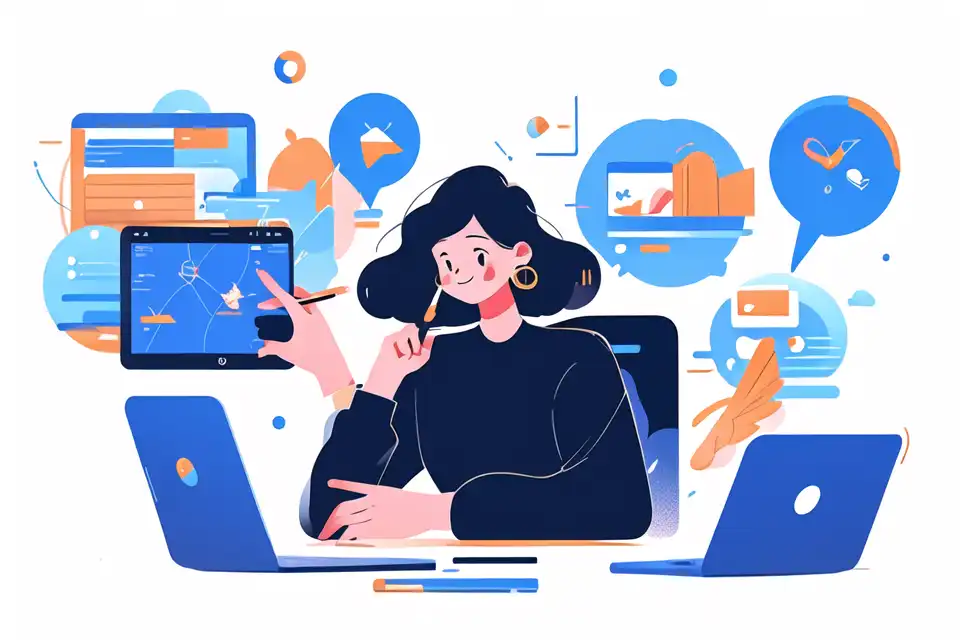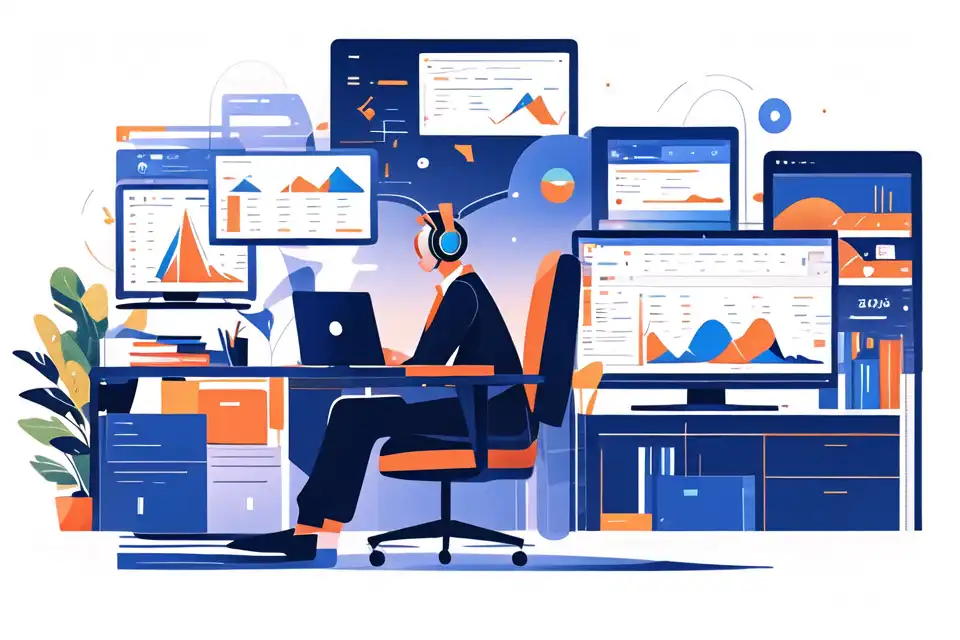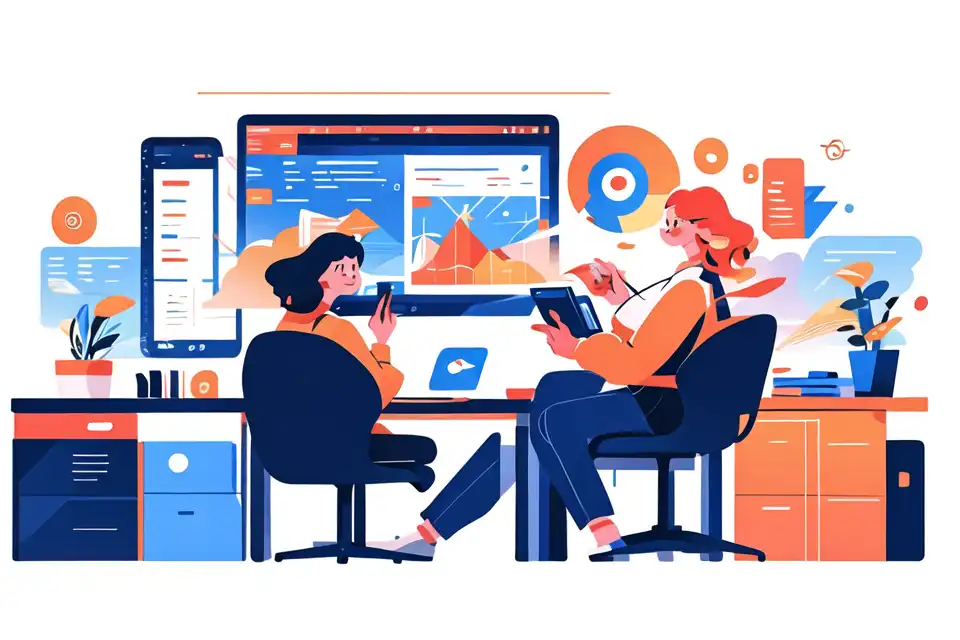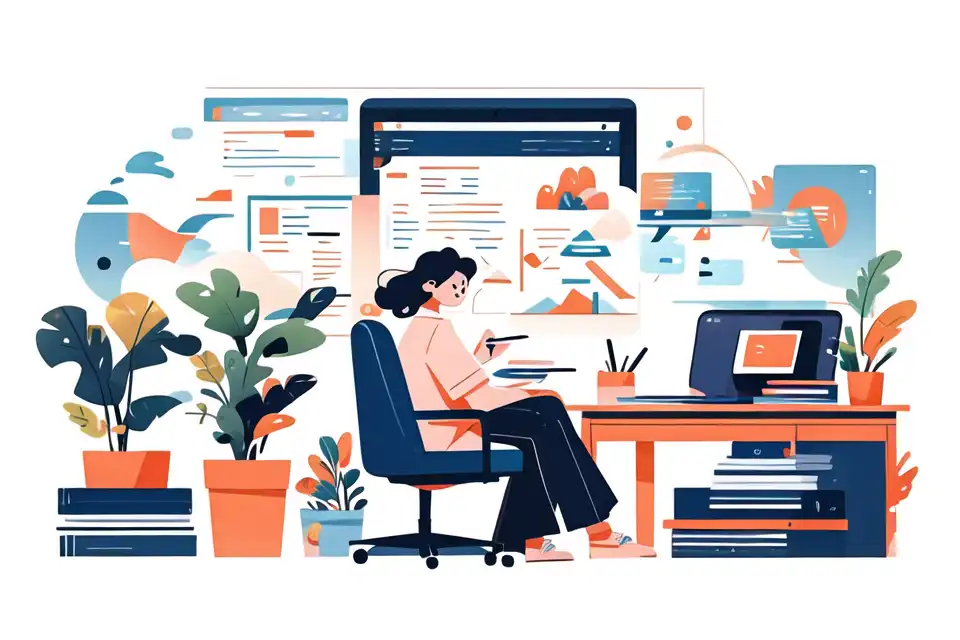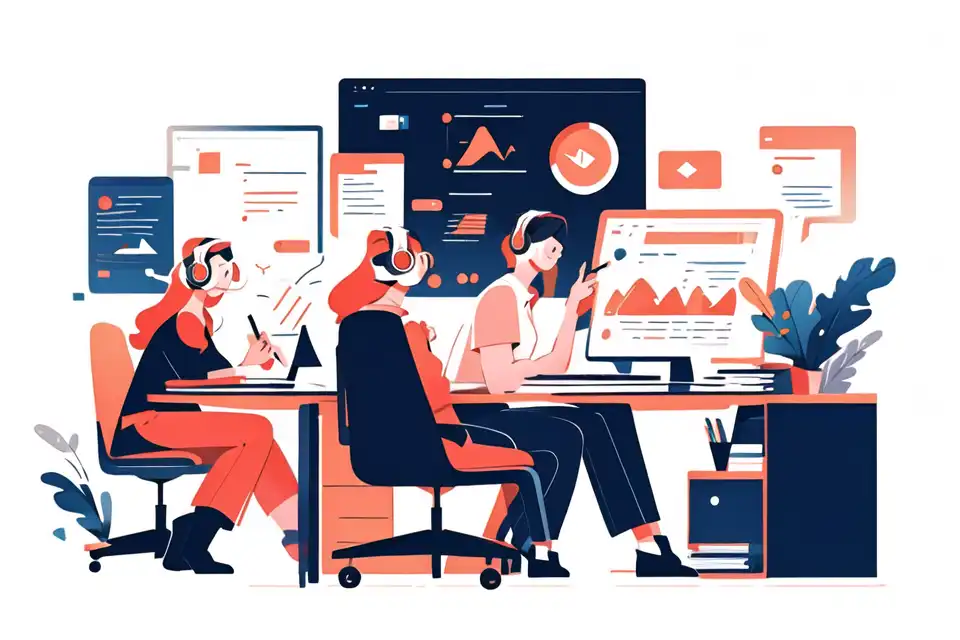How to Say Im Listening Professionally
Master the art of professional communication in business settings with expert guidance. Learn how to say im listening professionally.
Try Lark for Free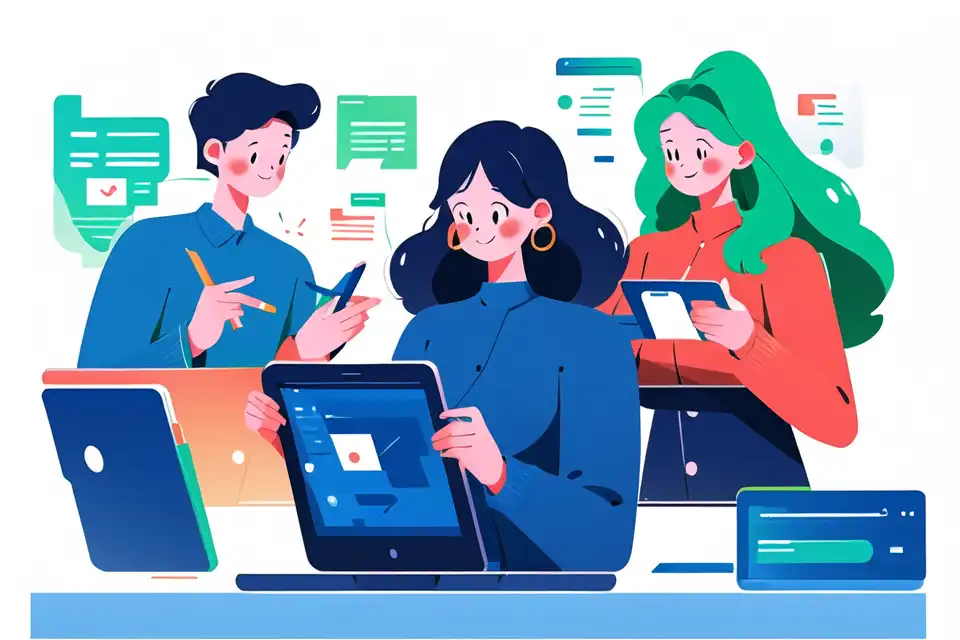
Inexperienced or ineffective communication often leads to misunderstandings, missed opportunities, and a lack of strong interpersonal connections. Learning to express active listening professionally is a crucial skill that can significantly enhance one’s communication prowess and relationships.
Why is it important to understand how to express active listening professionally
Many may underestimate the significance of effectively communicating that they are actively engaged in a conversation. However, this skill can lead to numerous benefits, such as nurturing meaningful relationships, preventing misunderstandings, and fostering a positive and inclusive environment in both personal and professional settings. When expressed genuinely, active listening can create a sense of trust, respect, and understanding among individuals.
Point 1
By authentically acknowledging the speaker and their emotions, you demonstrate empathy.
Point 2
Conveying that you’re actively listening can diminish the likelihood of misunderstandings and misinterpretations.
Point 3
Exhibiting active listening skills can significantly enhance professional and personal relationships, creating a conducive environment for open discourse.
Use Lark Messenger to elevate your team communication.
Practical examples of dealing with active listening professionally
Example 1
Example 1
Scenario: During a team meeting, you find it challenging to convey that you are fully engaged in what your colleague is expressing.
Common Mistakes:
-
Failing to maintain eye contact while they are speaking.
-
Displaying a lack of verbal and non-verbal cues, such as nodding, affirming with short verbal acknowledgments, or asking appropriate follow-up questions.
Best Expression: "I appreciate your insights on this matter, and I agree that your perspective holds significant value in our discussion."
Example 2
Example 2
Scenario: In a one-on-one conversation, you struggle to demonstrate active listening without interrupting the speaker.
Common Mistakes:
-
Interrupting the speaker with personal anecdotes or offering unsolicited advice.
-
Displaying impatience or a disinterested demeanor.
Best Expression: "I understand the challenges you are currently facing, and I am genuinely interested in exploring solutions together."
Example 3
Example 3
Scenario: When dealing with a complex customer query, you encounter difficulty in assuring them that you are fully engaged in resolving their issue.
Common Mistakes:
-
Providing generic responses without tailoring them to the customer’s specific concerns.
-
Failing to express genuine concern and understanding of the customer’s frustrations.
Best Expression: "I acknowledge your frustrations, and I am committed to resolving this matter to your satisfaction. Your feedback is truly valuable to us."
Example 4
Example 4
Scenario: During a discussion with a colleague who's expressing concerns about a project, you struggle to convey that you are fully attentive to their ideas.
Common Mistakes:
-
Demonstrating disinterest through body language such as fidgeting, checking the time, or looking distracted.
-
Providing minimal responses without actively engaging in the discussion.
Best Expression: "I understand the challenges you’re highlighting and appreciate the innovative approach you’re suggesting. Let's explore potential solutions together."
What are the consequences of not knowing how to express active listening professionally
Point 1
Miscommunications arising from a failure to display active listening may lead to misunderstandings and conflict.
Point 2
A lack of active listening can create an environment of distrust and disengagement, affecting professional or personal relationships.
Point 3
Unintentional disregard for actively listening may hinder the resolution of conflicts or issues, leading to prolonged misunderstandings.
Learn more about Lark x Communication
Use Lark Messenger to elevate your team communication.
Methods of phrasing active listening professionally
Method 1
Diplomatic Acknowledgment: "I acknowledge the challenges you are experiencing, and I am committed to assisting you in resolving them."
Method 2
Empathetic Validation: "It's clear that you're frustrated, and I want to work together to find a satisfactory resolution."
Method 3
Constructive Confirmation: "I appreciate your insights, and I believe we can integrate your perspective for a more robust approach."
Do's and don'ts when you don't know how to express active listening professionally
| Do's | Dont's |
|---|---|
| Maintain consistent eye contact | Interrupt the speaker |
| Employ active listening affirmations | Offer unsolicited advice |
| Use nonverbal cues such as nodding and affirming | Demonstrate impatience |
| Summarize the speaker's key points | Display disinterest through body language or behavior |
Conclusion
Effectively communicating that you are actively listening is a critical component of successful interpersonal interactions. By understanding the significance of active listening and implementing the suggested methods, one can significantly enhance their communication skills and build stronger relationships.
